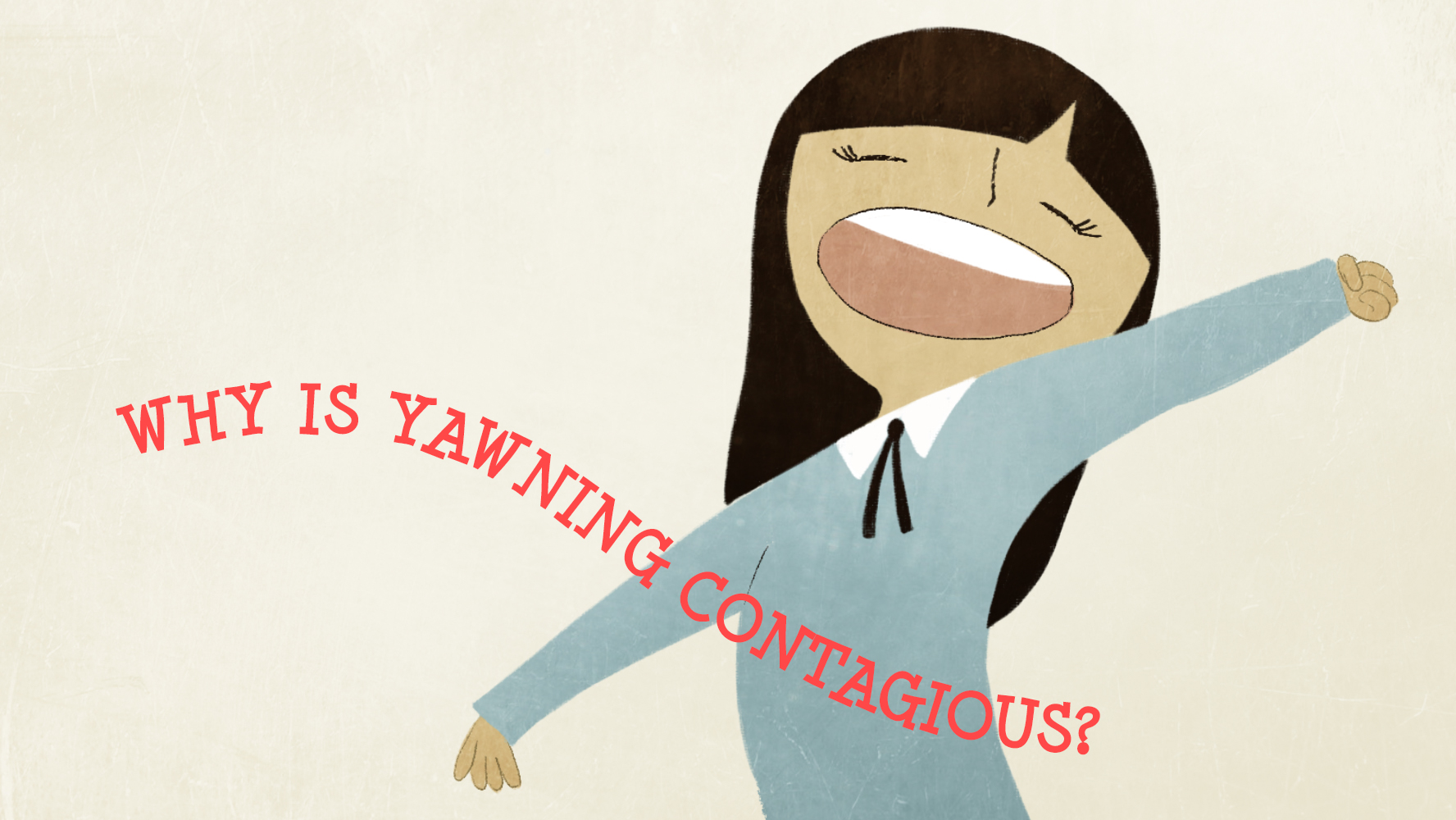A lesson that will make you yawn (even if you’re well-rested)
By Stephanie Lo on November 8, 2013 in News + Updates

The question of why we yawn when we see someone else yawn has always been a fun topic of conversation, but most of the time, people have no idea why it happens! TED-Ed Animator Biljana Labovic approached the topic of contagious yawning in a unique way by taking to the TED-Ed community, which is where educator Claudia Aguirre jumped in to help. We delve deeper into the question of contagious yawning with Biljana and Claudia as they tell us about their experience creating a lesson using the TED-Ed community platform.
How did you end up with this lesson topic?
Biljana: One morning, on my way to work, I was sitting on the subway and yawned. I couldn’t help but notice a person across from me yawn, then the person next to him, then the person standing… like a domino effect! Every once in a while, I would wonder why we yawn, and I finally decided to look it up. To my surprise, I realized that the reason is unknown. However, there is a hypothesis that contagious yawning is possibly linked to empathy. As an animator, I think it’s funny that humans can be triggered by an animated yawn and end up yawning ourselves. Can we feel what a drawn character feels? You may say, ‘No,’ but if you’ve ever watched an animated movie that made you cry or evoked any emotion, then you know what I’m talking about. I decided to post this topic on the TED-Ed community to see if any educators would be able to help me make this into a lesson, supporting it with the varied studies that have been done on the subject.
Claudia: I joined the TED-Ed community less than a year ago and already I’ve seen some great ideas come out of it. One was a simple idea to get animators to nominate a lesson — a sort of ‘flip the process’ idea, where educators can build a lesson around a question. When Biljana posted the image of Mickey Mouse yawning and asked, “Why is yawning contagious?” I immediately thought, ‘Yes! So many people must want to know the answer to that.’ This conversation thread led to a full-blown collaborative effort that resulted in the video lesson we made.
Biljana: So when I saw Claudia’s response, I spoke to her and asked for the studies that gave more information on yawning. That led to a lot of planning and conversations over which we developed the lesson narrative. Then we moved into adapting the lesson idea for animation.
If you want to get involved in contributing to or suggesting a lesson idea, send us your name and idea suggestions on the TED-Ed website or post an idea on the TED-Ed community!
Tags: